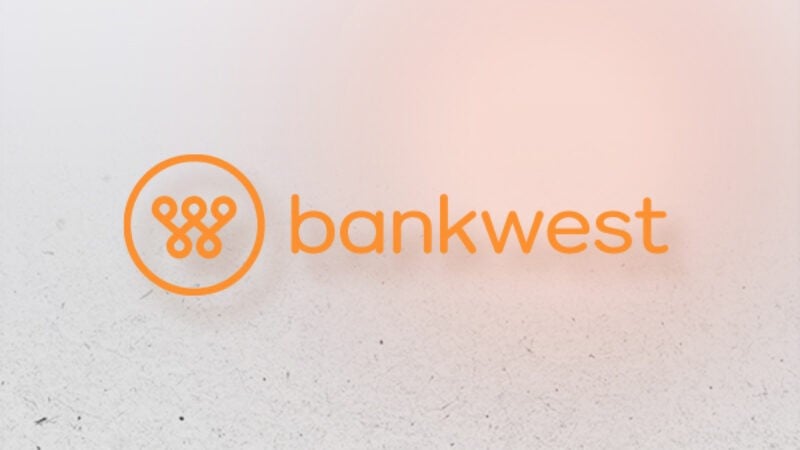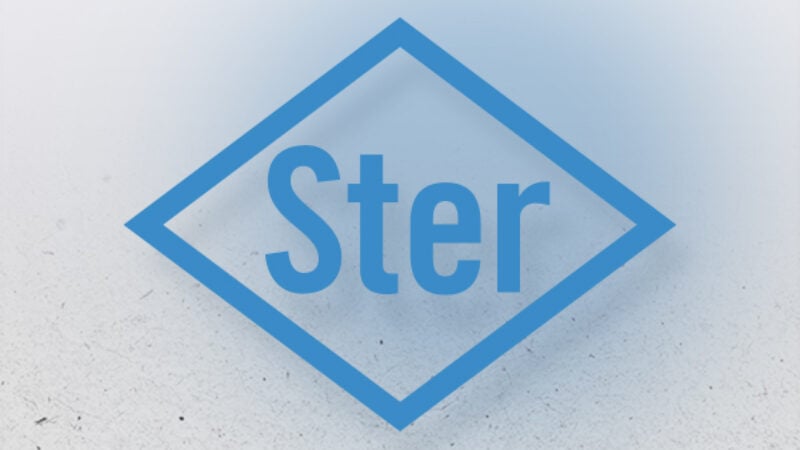There is a sonic branding revolution going on and you are not ready for it
Ever since the Amazon Echo’s exponential rise to popularity in 2016, smart speakers have been the coolest new applications, on par with VR and AR goggles. In the meantime, Google has developed the affordable Google Home and it seems that the smart-speaker market has become a play- and battlefield for all the tech giants. Apple, Baidu, Facebook, Samsung and Microsoft are all experimenting with voice-controlled assistants. As these giants are investing combined billions in the ‘sonic butlers of the future’, the question is not whether it’s taking over the (consumer) world, but when. If you then add the rise of music streaming apps, the steady numbers of radio listening, the increasing popularity of podcasts, the democratized usage of mobile voice assistants like Siri or OK Google and the apparent recovery of the music industry, it seems that marketers have a massive potential (audio-)audience on their hands.
Who wants to miss out on the sonic revolution?
A perfect storm seems to be roaring in audio land and only a few marketers are really paying attention to it. Because let’s face it: people have become like the weather, highly unpredictable. The consumer has turned into a moving target, showing completely different behavior according to context, moment, situation, and the relevant and available brands on offer. It’s a ‘catch me if you can’ situation out there, and marketers seem to be losing out: ad blockers, banner blindness, ad-free premium versions of popular apps, fast-forwarding through TV ad blocks; these are all indicators of a #BABA world (Being Annoyed By Advertising).
Advertising to and communicating with the ‘moving’ consumer has become more difficult than ever. Depending on the source, consumers are bombarded with about 3,000 to 5,000 brand approaches every single day (a brand approach could be: TV advertising or product placement when watching videos, an online banner or a promoted ad on your newsfeed, a billboard on the way home, brands on kitchen appliances or even branded products you spot during a subway ride).
Needless to say: consumers have neither the energy nor the time to digest all these branded ‘approaches’. With so many brands trying to fight for the consumers’ attention, it is key to be remarkable, distinct and omnipresent in a consumer’s multi-media life. And that’s when the question arises: are you part of your target group’s ‘sonic’ life?
Do you have audio brand guidelines?
Here’s a quick way to find out whether you’re ready for the sonic brand revolution or not: does your brand have a brand book (or brand guideline or style guide), i.e. a set of rules that explain what your brand looks like and what its main DNA elements are (colors, font types, tone of voice, slogan, etc.)? Chances are your answer is ‘yes, of course’. Ok, but is there a ‘sonic’ section with references to the ‘audio’ elements and assets of your brand in that same brand book? Chances are the answer this time is ‘no’. At best, your brand runs ‘radio’ ads and has a few rules, guidelines or tactics attached to that, but that can hardly be called a ‘strategy’.
So what does your brand sound like? That’s the key question you need to be able to answer if you want to be prepared for the sonic branding revolution. Does your brand use a specific sound when it is shown in a multimedia environment? Does it use the same voice-over actor or actress over and over again? Does it dispose of distinct sound assets which can be trademarked and protected? Does it invest in radio/streaming advertising and what is the sound strategy behind that? Do you know how specific your brand sounds and, more importantly: does your target group know what your brand sounds like? It seems that today, sound in advertising is seen as the icing on the brand cake, whereas in some environments and definitely in the future even more increasingly, it is the cake itself.
How sonic branding works: ‘we like what we know’
With so many branded approach ‘attempts’ every day, the ‘mere exposure’ effect is back on the table. The mere exposure effect, first coined and researched in the sixties by Zajonc, is a psychological phenomenon where people tend to develop a preference for things merely because they are familiar with them. In social psychology, this effect is sometimes called the ‘familiarity principle’. Consider typical behavior during music concerts, for instance. Not so long ago, I attended the ‘American Utopia’ tour by David Byrne. After the concert I spoke to a handful of people asking for their feedback. All of them said something along the lines of: “wonderful concert, extremely original concept, I particularly liked the old songs, because the new stuff is so boring“. That’s the familiarity principle in action: we like what we (already) know. In marketing, this effect has been proven over and over again as well. Consider the situation where your favorite shampoo is sold out, for example. Chances are very high you’ll pick the shampoo brand or product you are second-most familiar with as an alternative to your ‘most’ familiar one. Although a few decades old, the concept of mere exposure is also linked to 21st century more contemporary Byron Sharpe marketing thinking that revolves around powerful and recently proven concepts like mental availability and brand salience.
And that’s where your sonic brand assets come in: repeat your ‘sonic slogans’ or sonic assets over and over again, and you will build familiarity with people. And sound is the perfect medium to raise your familiarity. Just consider the following example, where you probably can guess the brand after just 2 seconds.
Testing sonic assets and their impact
We all know that in the world of media and advertising ‘if you can’t measure it, it doesn’t exist’. So for VAR (Vlaamse Audiovisuele Regie), a media agency selling advertising space on all radio, TV & web spaces owned by the public service broadcaster in Flanders, InSites Consulting has developed a methodology that measures sonic branding assets, testing both awareness (or familiarity) and even more importantly: brand attribution.
So far, we have already run sonic tests for over 45 brands in the renewed ‘diva 3.0 study’. The results look very promising, with sonic branding correlating highly with marketing impact parameters such as brand identification, consideration, interaction, recommendation and even purchase intention. It seems that brands with a high sonic branding familiarity show a very promising (marketing) future.
After all, with the sonic revolution in a perfect storm and advertisers fighting for every split second of consumer attention, one cannot leave a marketing opportunity untapped. Let it be heard!




